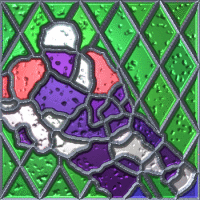
Stained Glass Windows (download 5.8 MB)

Wax Crayons (download 7.5 MB)
Here, we have a physically-inspired model of wax crayons, suitable for interactive stroke-based drawing. Paper is represented by a height-field texture, and a crayon is modeled with a 2D mask that evolves as it interacts with the paper. Wax deposition is computed based on the crayon contact profile, contact force, and friction. Previously deposited wax is smeared by crayon action, based on wax softness and contact information. The distributed wax is rendered using a simplified Kubelka-Munk model, which approximates light transmittance and scattering effects.
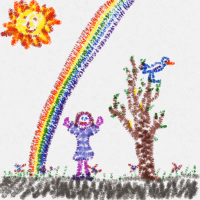
Image-Guided Fracture (download 2.4 MB)
This work makes images of cracked surfaces from an input line drawings. The cracks are the boundaries of Voronoi regions in a weighted graph, where the distance between nodes is path cost in the graph. Modifying the edge costs gives control over the placement of region boundaries.
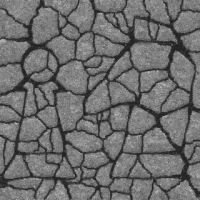
Felt-Based Rendering (download 3.5 MB)
Felt is mankind's oldest and simplest textile, composed of a pressed mass of fibers. Images can be formed directly in the fabric by arranging the fibers to represent the image before pressure is applied, a process called "felt painting". Here, we describe an automated synthesis method that transforms input images into felt-painted images.
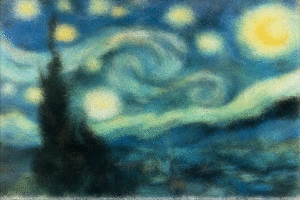
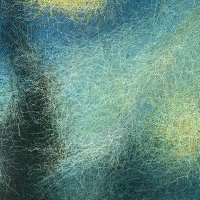
Stipple Placement using Distance in a Weighted Graph (download 5.0 MB)
This stipple placement method provides extra emphasis to image
features, especially edges. We use distance through a weighted
graph, similar to Image-Based Fracture above. Stipples are
placed on the frontier whenever the current distance exceeds a
threshold; since the frontier is mostly expensive parts of the
image, we get good stipple placement.
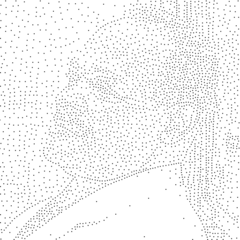
Contrast-Aware
Halftoning
(download paper)
